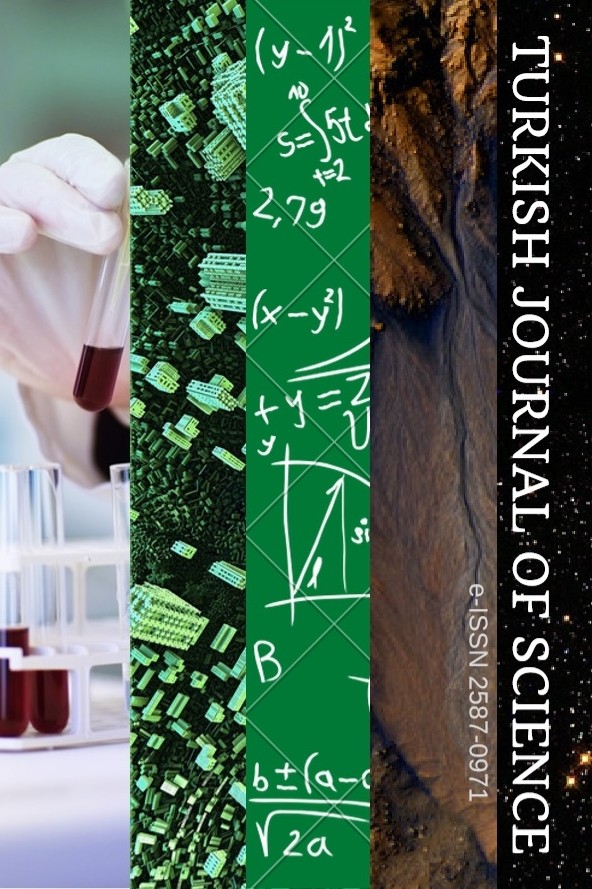The Hosoya Polynomial of the Schreier Graphs of the Grigorchuk Group and the Basilica Group
The Hosoya Polynomial of the Schreier Graphs of the Grigorchuk Group and the Basilica Group
Basilica group, Grigorchuk group Hosoya polynomial, Schreier graph,
___
- [1] Bartholdi L, Grigorchuk R, Nekrashevych V. From fractal groups to fractal sets, in: “Fractals in Graz” (P. Grabner and W. Woess editors). Trends in Mathematics. Birkauser Verlag, Basel, 2003, 25 – 118.
- [2] Bartholdi L, Virag B. Amenability via random walks. Duke Math Journal. 130(1), 2005, 39 – 56.
- [3] Ceccherini-Silberstein T, Donno A, Iacono D. The Tutte polynomial of the Schreier graphs for the Grigorchuck group and the Basilica group. Ischia Group Theory. 2010, 2011, 45 – 68.
- [4] Deutsch E, Klavzar S. Computing Hosoya polynomials of graphs from primary subgraphs. MATCH Communications in Mathematical and in Computer Chemistry. 70(2), 2013, 627 – 644.
- [5] Deutsch E, Klavzar S. The Hosoya polynomial of distance-regular graphs. Discrete Applied Mathematics. 178, 2014, 153 – 156.
- [6] Grigorchuk R, Zuk A. On a torsion-free weakly branch group defined by a three-state automaton. International J. Algebra Comput. 12(1), 2002, 223 – 246.
- [7] Grigorchuk R. Solved and unsolved problems around one group, ınfinite groups: geometric, combinatorial and dynamical aspects. Progr. Math. 248, Birkhauser, Basel, 2005, 117 – 218.
- [8] Hosoya H. On some counting polynomials in chemistry. Discrete Applied Mathematics. 19(1–3), 1988, 239 – 257.
- [9] Nekrashevych V. Self-Similar Groups. Mathematical Surveys and Monographs, 117. American Mathematical Society, Providence, RI, 2005.
- [10] Şahin A, Şahin B. Hosoya polynomial of graphs belonging to twist knots. Turk. J. Math. Comput. Sci. 10, 2018, 38 – 42.
- ISSN: 2587-0971
- Başlangıç: 2016
- Yayıncı: Ahmet Ocak AKDEMİR
Weak Structures on Pythagorean Fuzzy Soft Topological Spaces
The Padovan- Padovan p-Sequences in Groups
On Pythagorean Fuzzy Soft Boundary
A new study on focal surface of a given surface
New Integral Inequalities of Ostrowski Type for Quasi-Convex Functions with Applications
Alper EKİNCİ, Muhamet Emin ÖZDEMİR, Erhan SET
A Note on Hopf Bifurcation and Steady State Analysis for a Predator-Prey Model
Integral Inequalities for Different Kinds of Convexity via Classical Inequalities
Alper EKİNCİ, Ahmet Ocak AKDEMİR, Muhamet Emin ÖZDEMİR
The Signatures and Boundary Components of the Groups $\hat{\Gamma}_{0,n}(N)$
